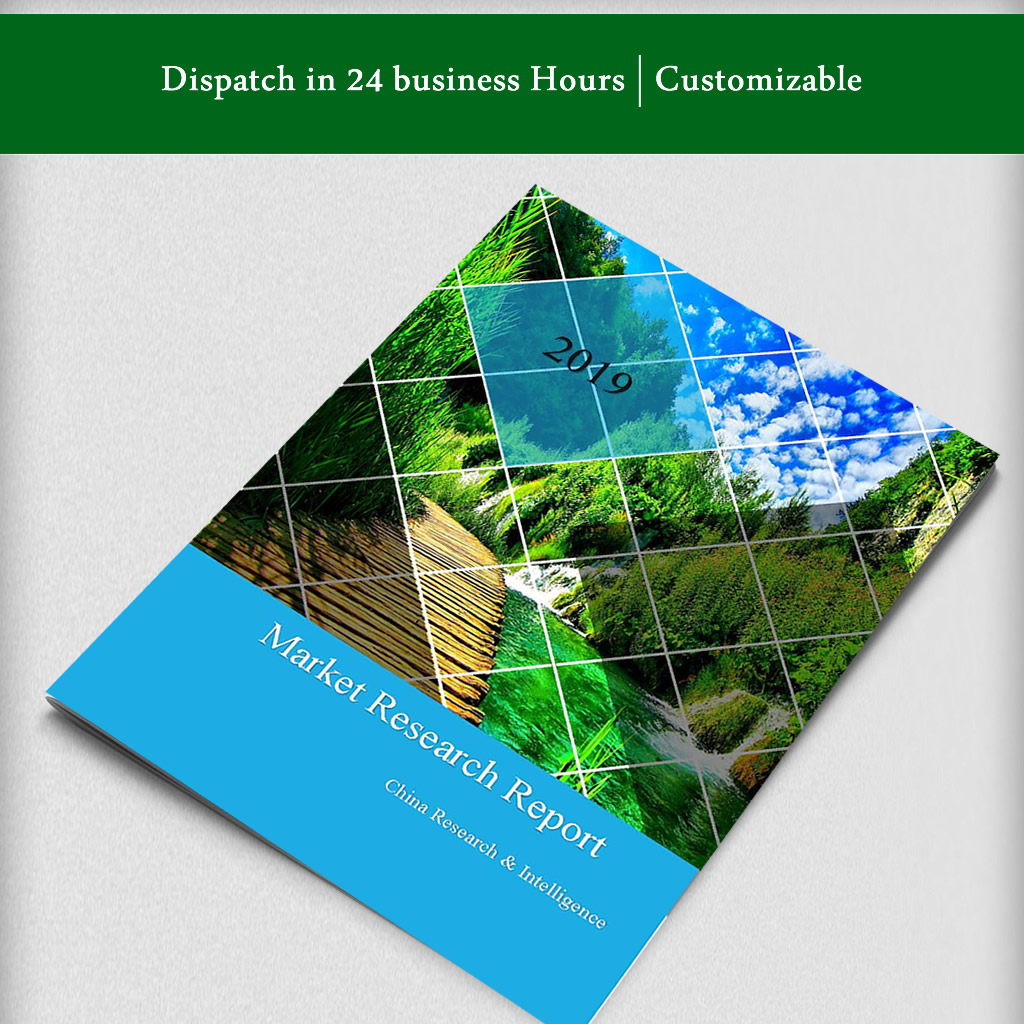Description
According to CRI’s market survey, China Diclofenac Market size was about CNY 103 million in 2017, slightly lower than that in 2016.
China’s Diclofenac Market
Rheumatoid arthritis is a common frequently-occurring disease. According to the 2018 Chinese Guideline for the Diagnosis and Treatment of Rheumatoid Arthritis, in 2018, a total of 5 million people in China had rheumatoid arthritis.
As an autoimmune disease, rheumatoid arthritis not only leads to common symptoms of rheumatism such as synovitis and arthralgia but also causes problems with skin and eyes. Its complications also include lung diseases, cardiovascular and cerebrovascular diseases and malignant tumors. As the disease progresses, the incidence of complications will gradually increase, and the disability rate will also rise.
When the disease lasts one to five years, the disability rate is lower than 20%; when it lasts for more than 15 years, the disability rate is higher than 60%.
Non-steroidal anti-inflammatory drugs (NSAIDs) such as Diclofenac can be used to alleviate the pain, swelling and stiffness caused by rheumatoid arthritis.
The mechanism of Diclofenac action is to selectively cleave the action of cyclooxygenase in arachidonic acid metabolism series, block the synthesis of prostaglandin E2 (PGE2) and inhibit mutagenicity and the effect of pain. Diclofenac is a phenylacetic acid drug that has remarkable anti-rheumatic, anti-inflammatory, analgesic and antipyretic effects.
The indications for different dosage forms of Diclofenac are different. For example, Diclofenac tablets and injections are clinically used to treat rheumatic and rheumatoid arthritis, ankylosing spondylitis, osteoarthrosis, moderate pain such as postoperative and post-traumatic pain and acute musculoskeletal diseases, and fever caused by inflammations.
Diclofenac eye drops are used to prevent miosis in and treat inflammations after cataract extraction, treat non-infectious eye inflammations caused or not caused by surgeries, prevent postoperative inflammatory reactions and the formation of cystoid macular edema, promote the formation of filtration blebs after glaucoma filtering surgeries, and treat allergic conjunctivitis.
Starting from the 1970s, Swiss company Ciba-Geigy, SS Pharmaceutical and Wakamoto Pharmaceutical Co., Ltd. successively developed and launched Diclofenac products. After years of clinical application, Diclofenac remains an important product of Novartis. In 1993, it was introduced to China as a non-selective NSAID commonly seen in clinical application.
Diclofenac takes up a large share of China’s NSAID market in the dosage forms of tablets, capsules, injections, externally used gels, compound preparations, etc. Oral Diclofenac accounts for a large proportion. Since Diclofenac is a general drug, there are more than 100 Diclofenac manufacturers in China. Foreign brands Voltaren, Difene and Diclac take up 75% of the market while domestic brands only take up 25%.
According to CRI’s market survey, the sales value of Diclofenac in China was about CNY 103 million in 2017, slightly lower than that in 2016. In 2017, Beijing Novartis Pharma Co., Ltd. ranked the first on China’s Diclofenac market, with market share by sales value reaching 45.30% and market share by sales volume reaching 35.20%.
The other major market players were Shenyang Xingqi Pharmaceutical Co., Ltd., Bengbu Fengyuan Tushan Pharmaceutical Co., Ltd., KlingePharma and Fujisawa.
CRI expects that, with the increasing number of patients with rheumatoid arthritis and other indications for Diclofenac, China’s Diclofenac market still has certain development potential.
Topics covered:
– Incidence of rheumatoid arthritis in China
– Supply of and demand for Diclofenac in China
– Retail prices of Diclofenac in China
– Major factors influencing China’s Diclofenac market
– Prospect of China’s Diclofenac market from 2019 to 2023
Investigation Report on China’s Golimumab Market 2021-2025



